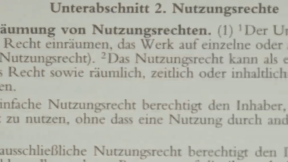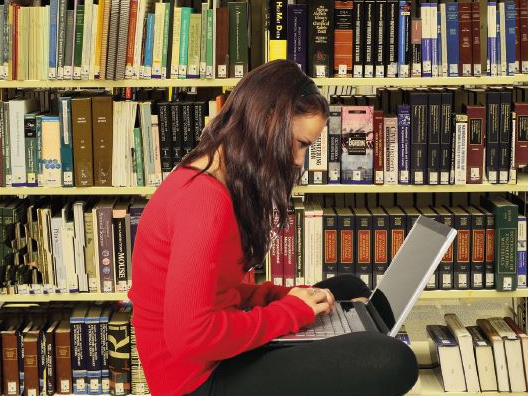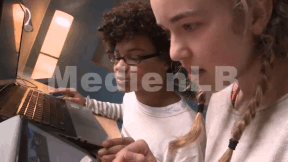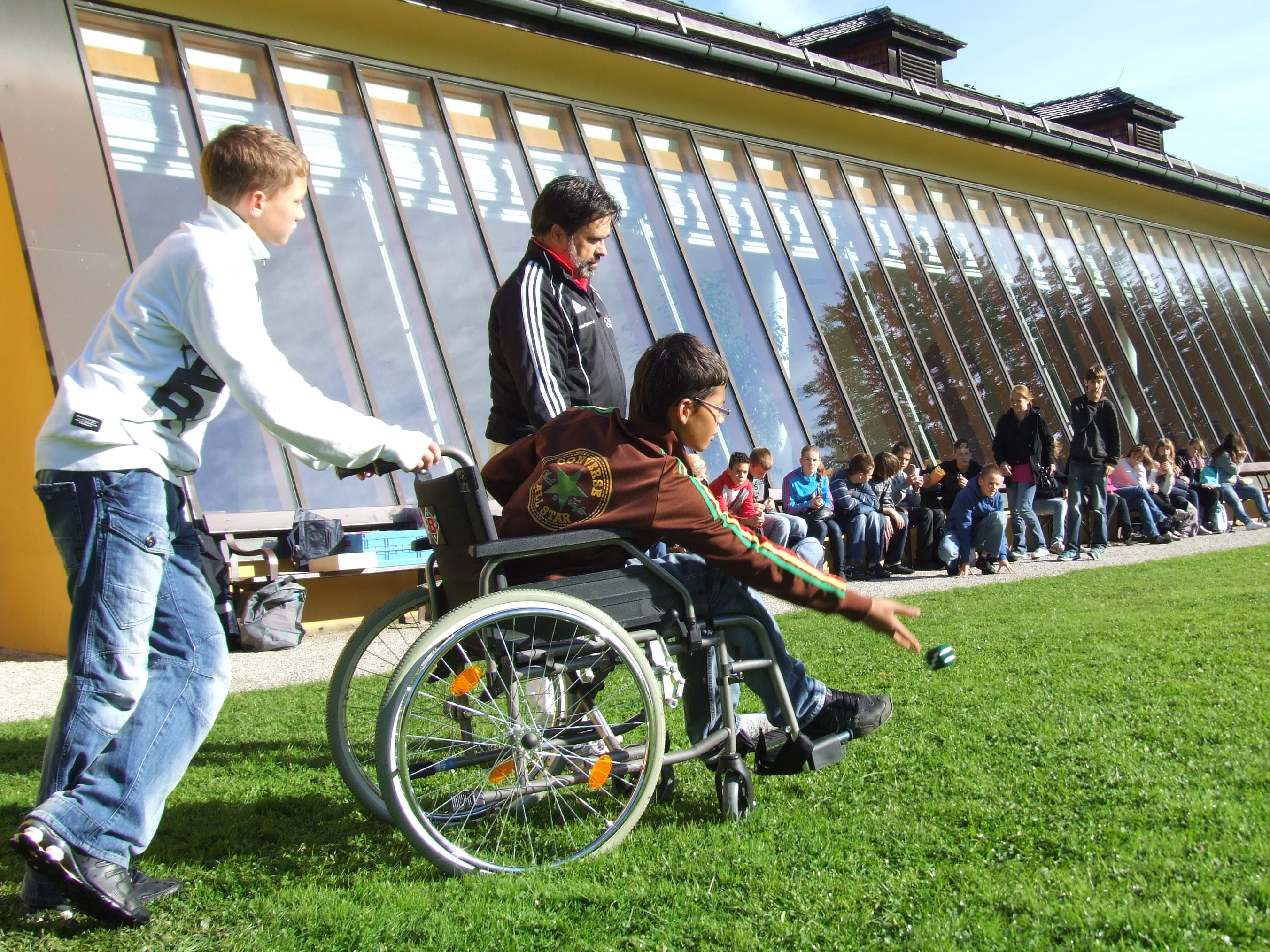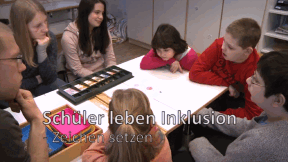 History
History


46505058 / 55504938
Eisenzeit
Epoche, Gegenstände, Handwerk
Vor beinah 3.000 Jahren gelangte die Technik der Eisenherstellung nach Europa. Die Vorteile von Eisen gegenüber der Bronze waren eine größere Härte und in Eisenerz ein besser verfügbarer Rohstoff. Es erfolgte eine allmähliche Verdrängung der Bronze und ungefähr ab 700 v.Chr. kann man ín Europa die Epoche der Eisenzeit verorten.
Der Film stellt mit Darstellern und in anschaulichen Szenen die alte Technik der Eisenherstellung vor und beschreibt die historischen Rahmenbedingungen der Eisenzeit.
In Verbindung mit dem umfangreichen Begleitmaterial (Arbeitsblätter, interaktive Aufgaben, Glossar, Testfragen) lässt sich das Medium hervorragend im Unterricht verwenden.
Interaktive Aufgaben, Testfragen und Glossar wurden mit H5P erstellt und können ohne weitere Software verwendet werden.
Play trailer

Curriculum-centred and oriented towards educational standards
Matching
Copyright
Copyright is subject to constant change to keep up with technological advances. This film enables the viewer to grasp the basic principles of this extremely intricate matter. By way of introduction, the film defines what an author is, what kinds of works there are and how long a work is protected on principle. Then the fundamental rights of an author are cited and it is shown how these are exploited in our times. In the third chapter, the respective rights are illustrated by way of practice-oriented examples of books, photos, music and films. Here, of course, an emphasis is laid on the field of education, taking into account the latest case law within the EU and Austria in particular. A further chapter highlights the problems arising with the Internet and goes into the citation law and pirate copies. All in all, in this way the viewer is made familiar with the most important basic terms and their meanings. Comprehensive worksheets and additional accompanying material invite us to deepen our knowledge of the subject.





